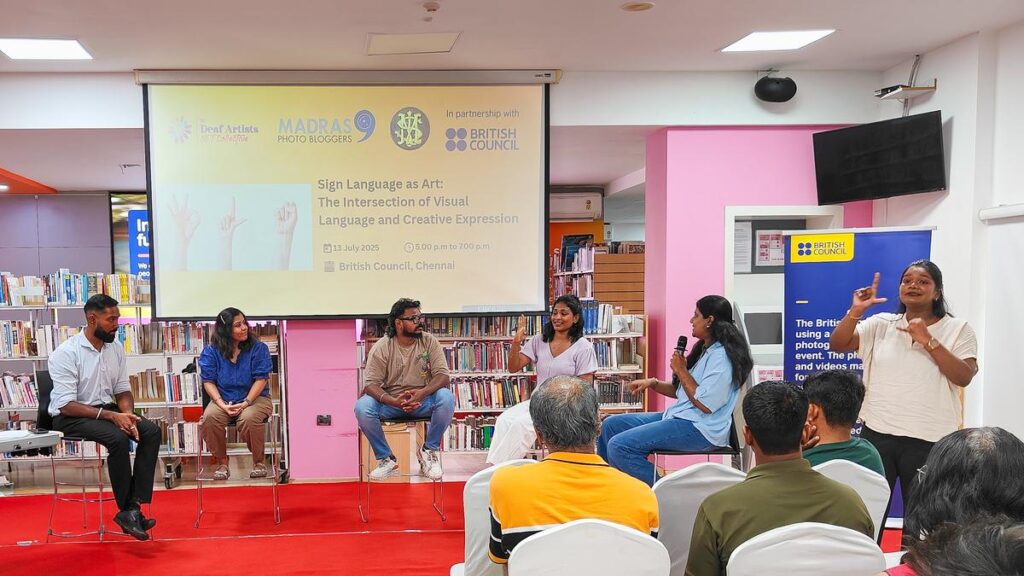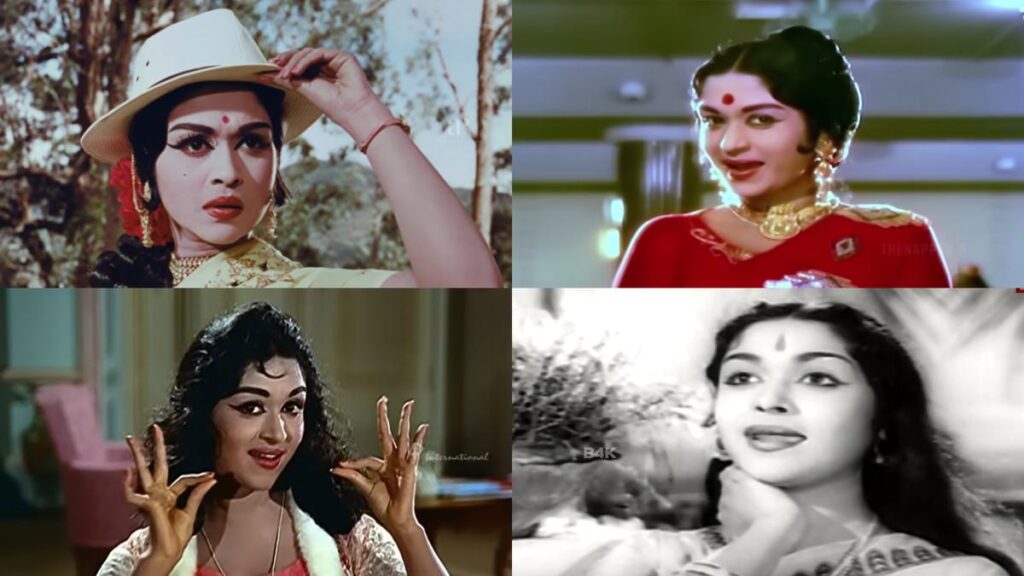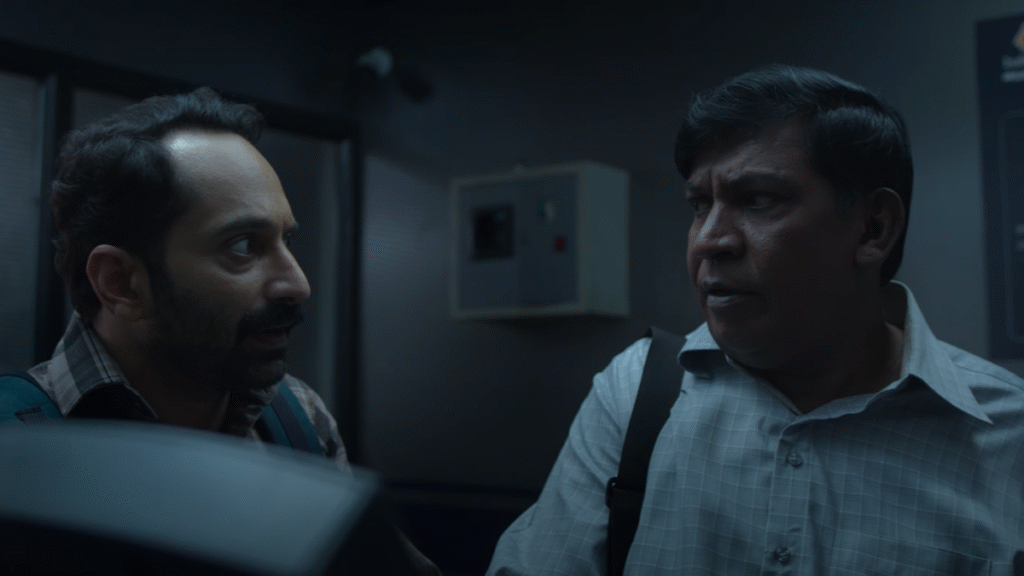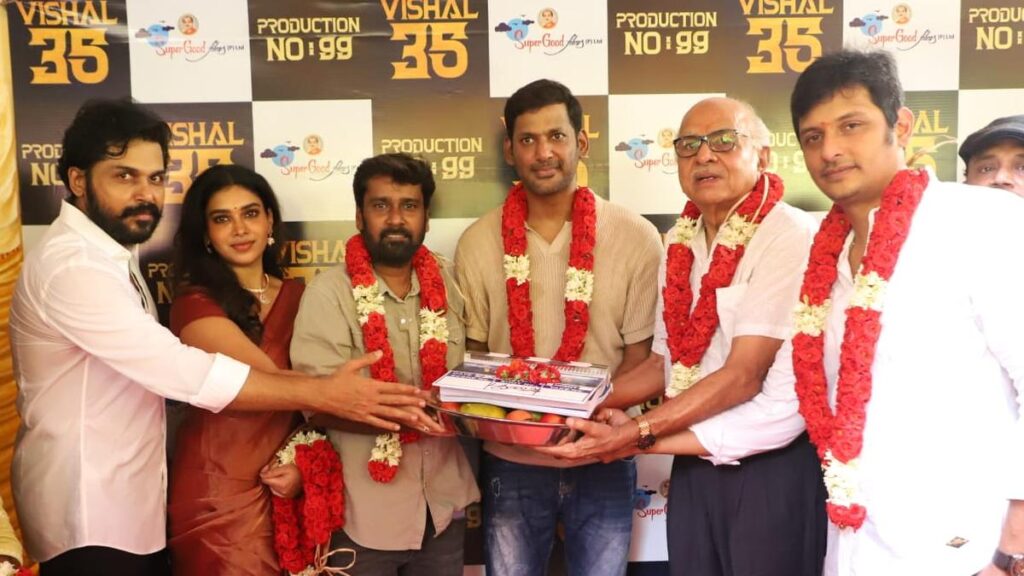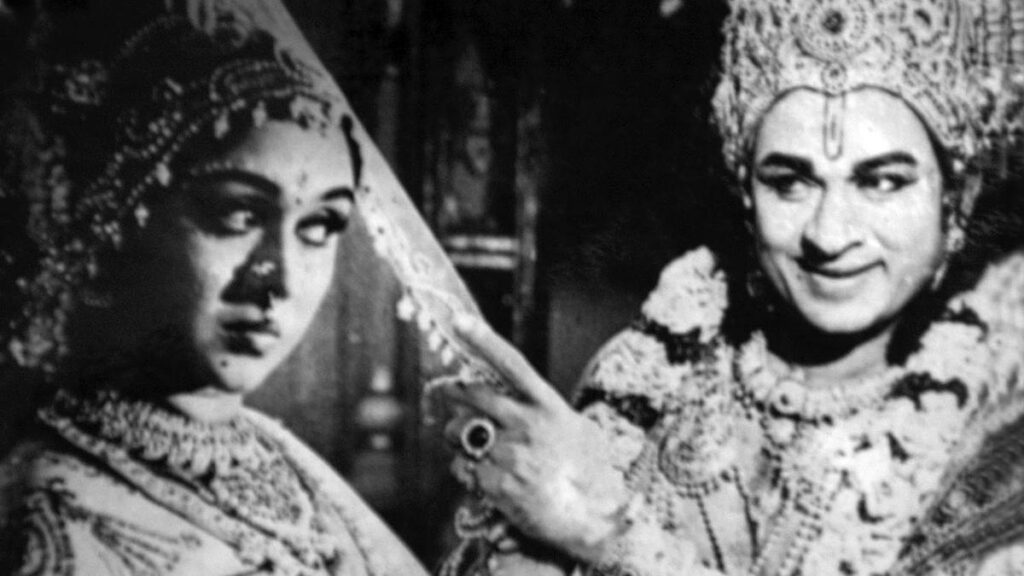
(From left) Srivatsan Sankaran, Swetha Kulkarni, Dhinesh RP, and Haseena S
| Photo Credit: Pramod Mani
The recently concluded photo and art exhibition, Anaivarum – Echoes of Heritage: A Celebration of Past & Inclusivity by Madras Photo Bloggers, and jointly organised by the British Council, Nam Veedu Nam Oor Nam Kadhai, and the Madras Literary Society, held a panel discussion titled Sign Language as Art, focussing upon the importance of using sign language and the need for greater inclusivity in the arts.
The panel featured deaf artiste Swetha Kulkarni (artist and photographer), Haseena S (deaf stage performer), and Dhinesh RP (deaf filmmaker), who shared their experiences and the importance of representing deaf voices and perspectives. The discussion was moderated by Srivatsan Sankaran, founder of Madras Photo Bloggers and the Deaf Artist NFT Collective. The entire sign language programme was being interpreted by Roja A and Nithya Giri.
Swetha spoke on the importance of empowerment and positivity through her work, “I dont feel negative when someone gives me a negative comment, I feel it encourages me to do even better.”
Haseena shared how she uses sign language, body language and facial expressions to convey r emotion in her performances, “From childhood, I have been practising the songs by using the sign language in front of the mirror. I know that this song is something which everyone enjoys. So, I want even a deaf person to enjoy and have the same feeling,” says Haseena.
“Deaf people are highly unique. They have their own skills, their own ideas, and they know how to write. I have been focussing on different stories, and converting them into sign language is how I want to support the community,” says Dhinesh while talking about the strength and creative skills of the deaf community.
Dhinesh also pointed out the lack of awareness and accessibility in the film industry. As a solution, he suggested greater on-screen visibility for sign language interpreters, highlighting the need for more balanced representation, proposing a 50/50 screen presence alongside hearing actors, rather than the current imbalance where hearing individuals dominate.
The panellists elucidated on the difference between Indian Sign Language (ISL), British Sign Language (BSL), and American Sign Language (ASL), which are not mutually intelligible. Even though there is a mutual sign language used during specific times, like airline safety, most communication relies on country-specific sign language.
“Through our collaboration with Madras Literary Society, we are proud to celebrate differently abled artists whose visual language turns lived experience into powerful art and cultural storytelling. This event embodies our commitment to championing inclusion, expanding access, and making our libraries vibrant, welcoming spaces — where every voice is heard and every form of expression is seen and valued,” said Viji Thiyagarajan, director, Libraries South Asia, British Council.
The panel discussion was followed by a jamming session by a range of artistes showcasing their talents through dance, mime performances, all interpreted in sign language.
The event was presented with media support from The Hindu’s Made of Chennai initiative
Published – July 15, 2025 11:03 am IST

